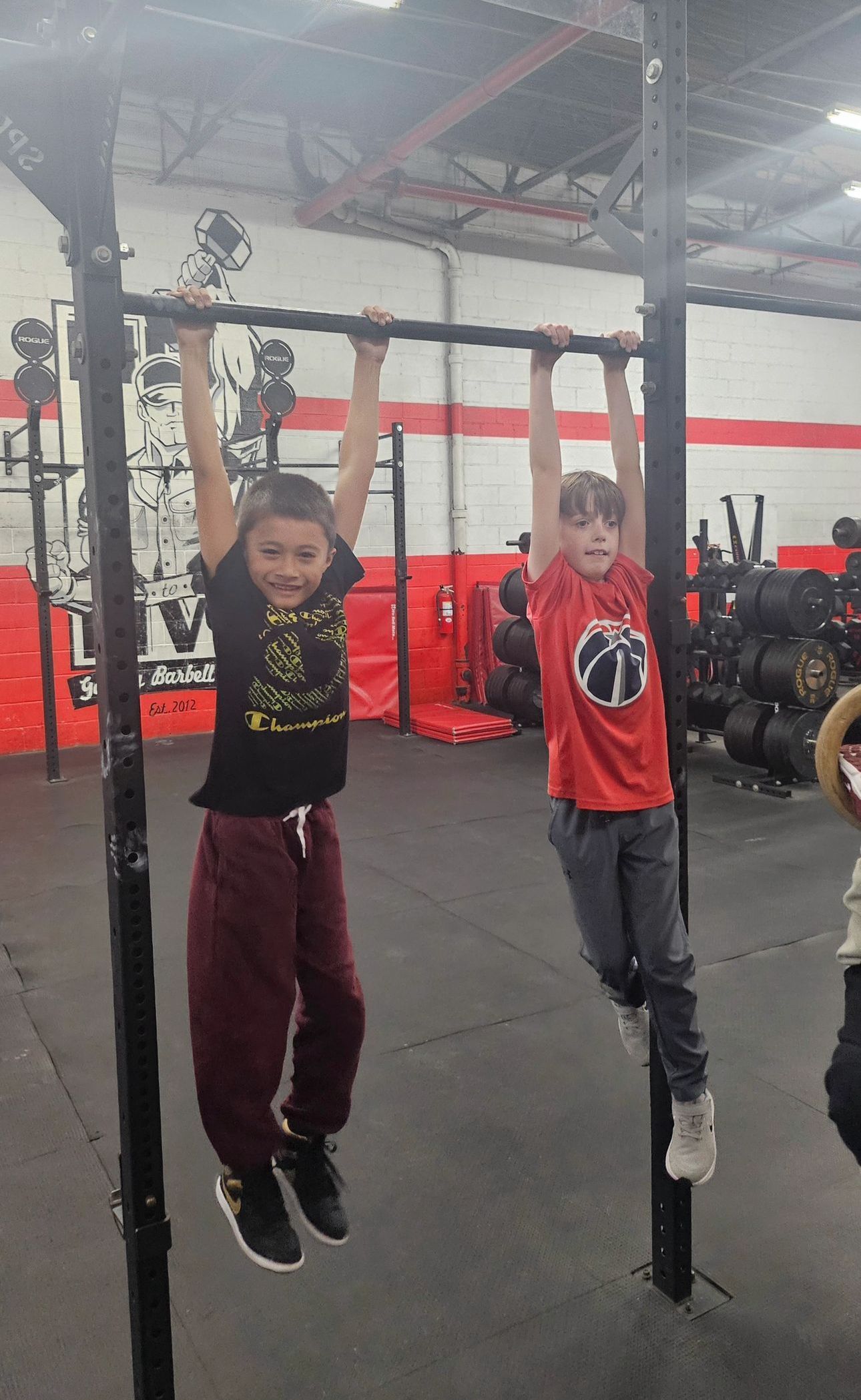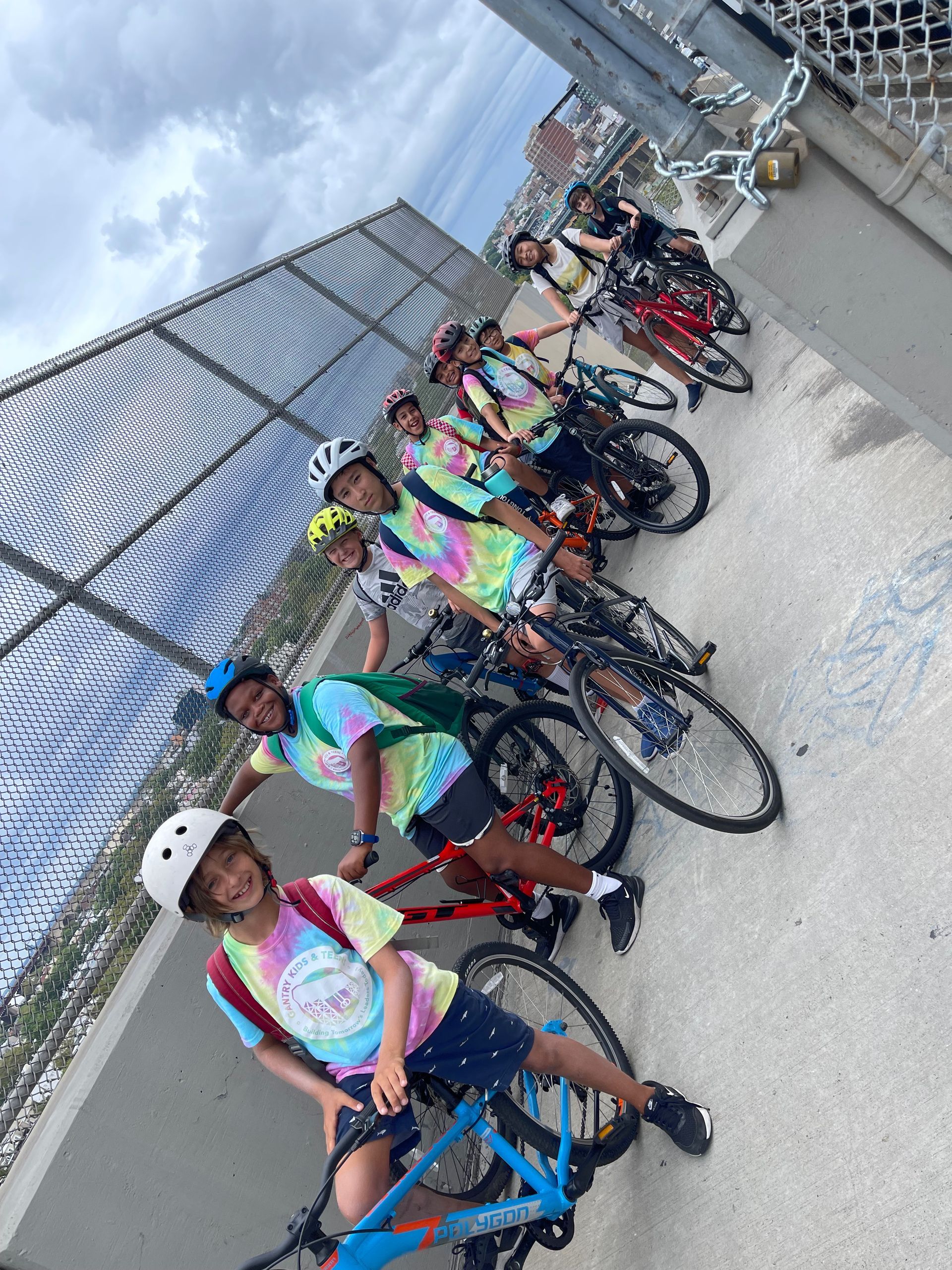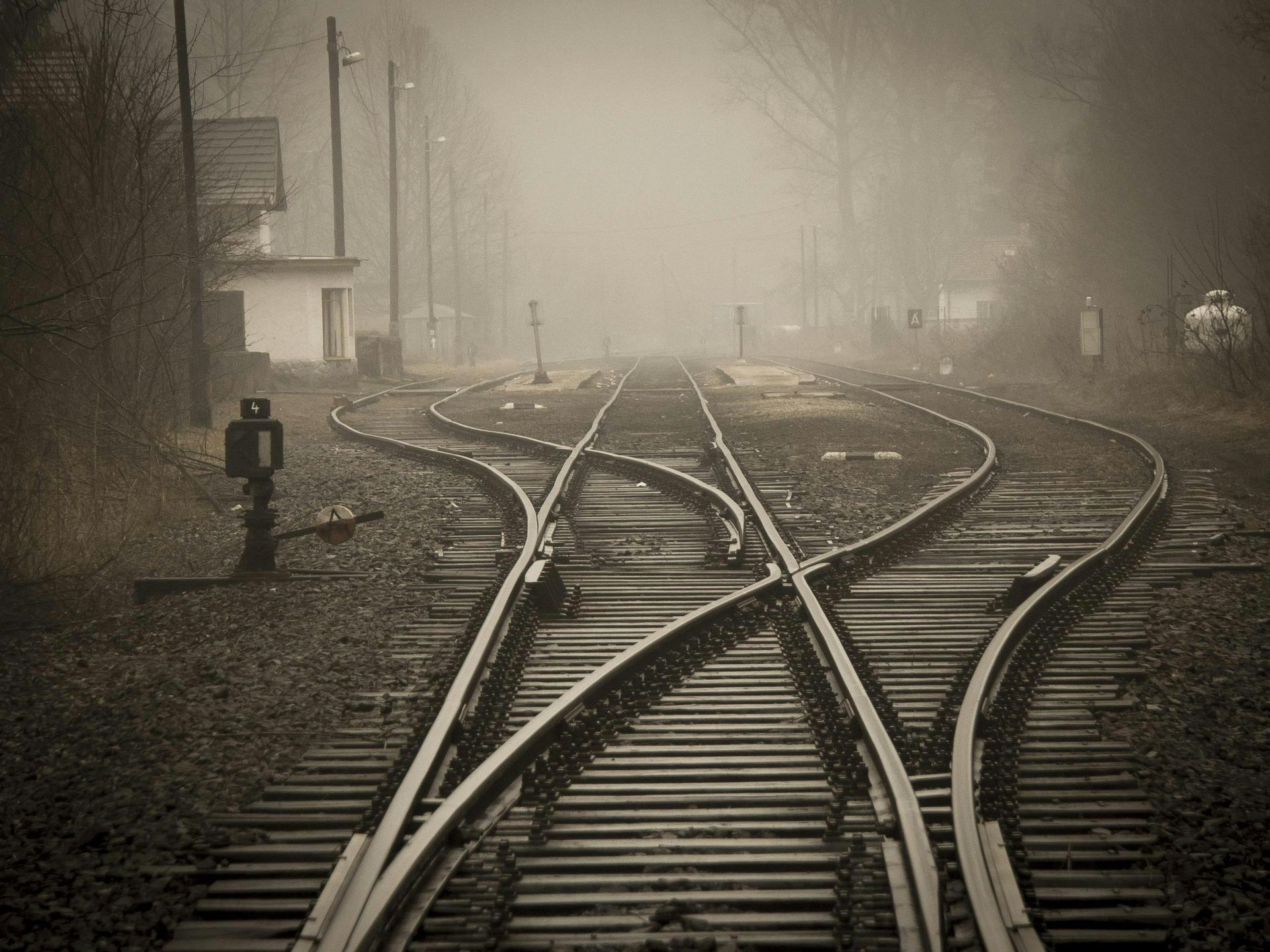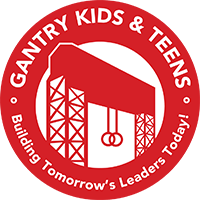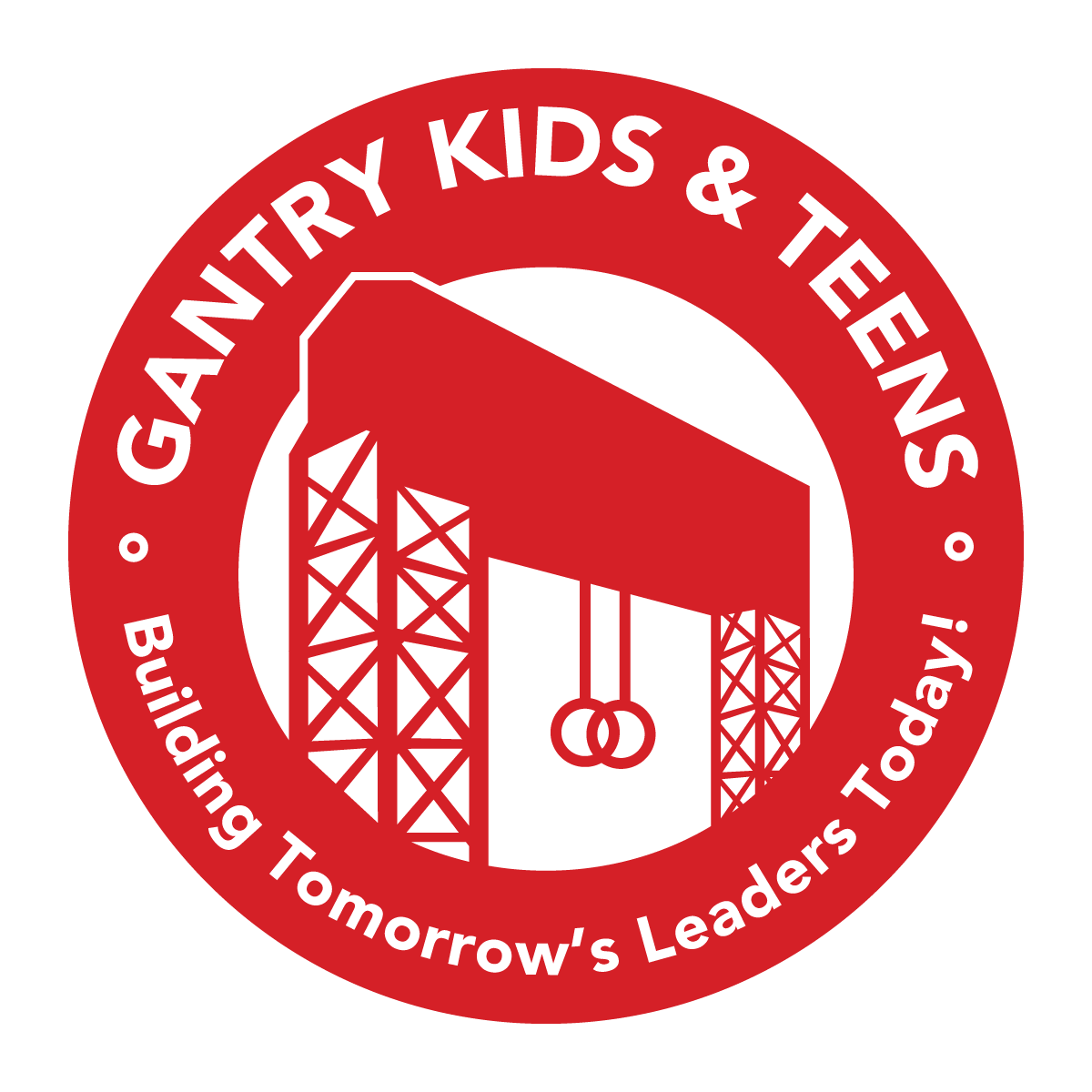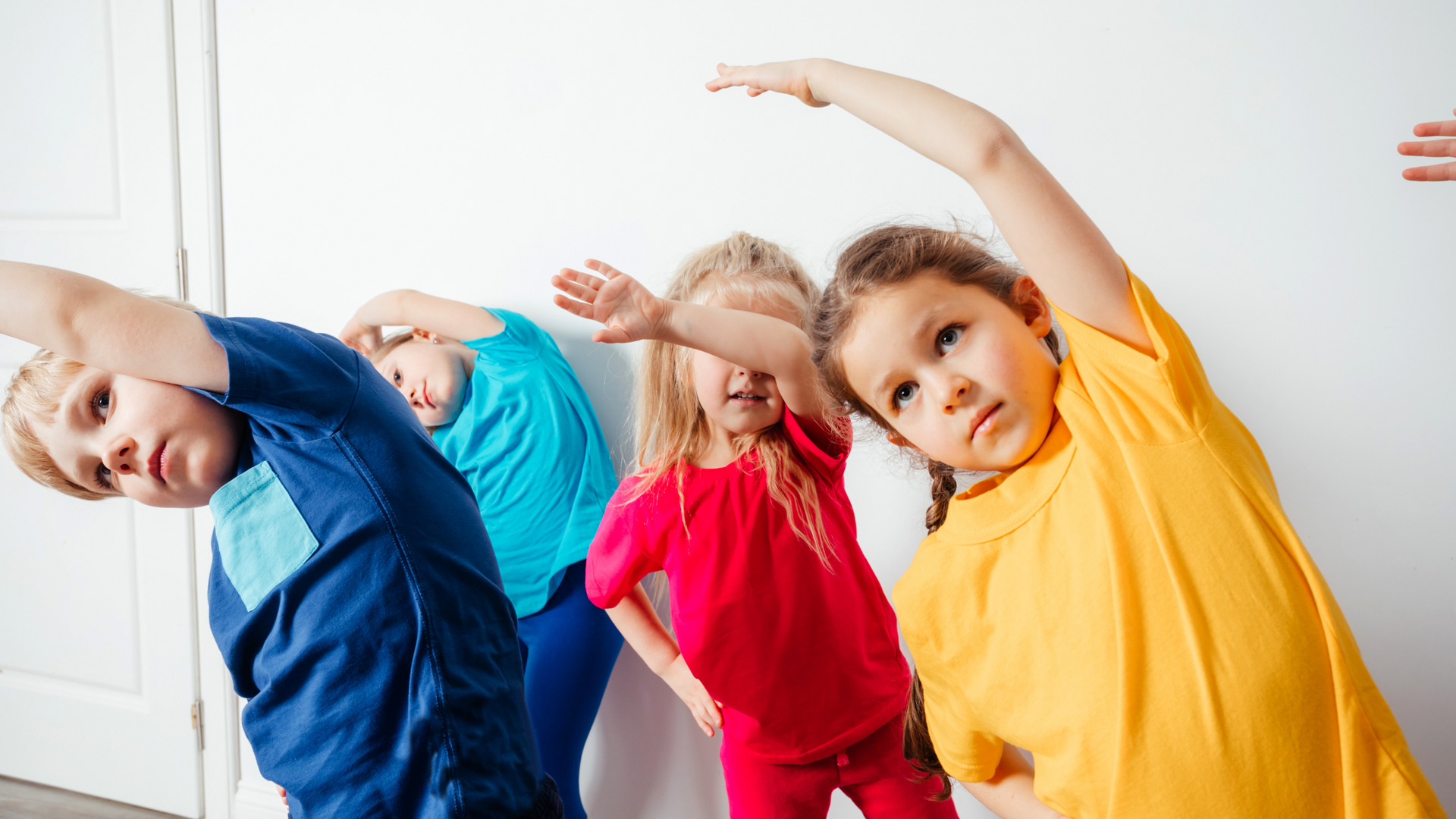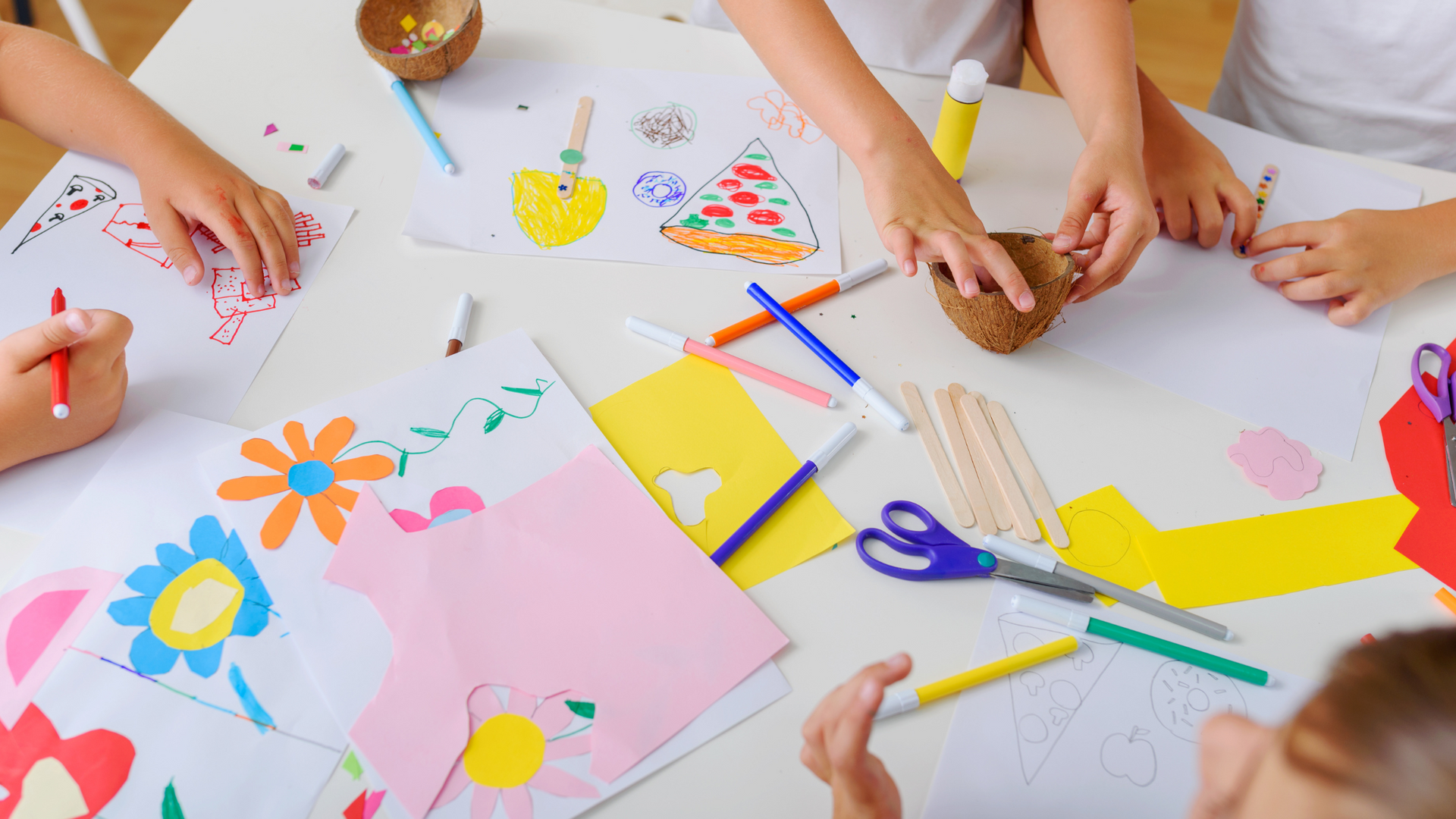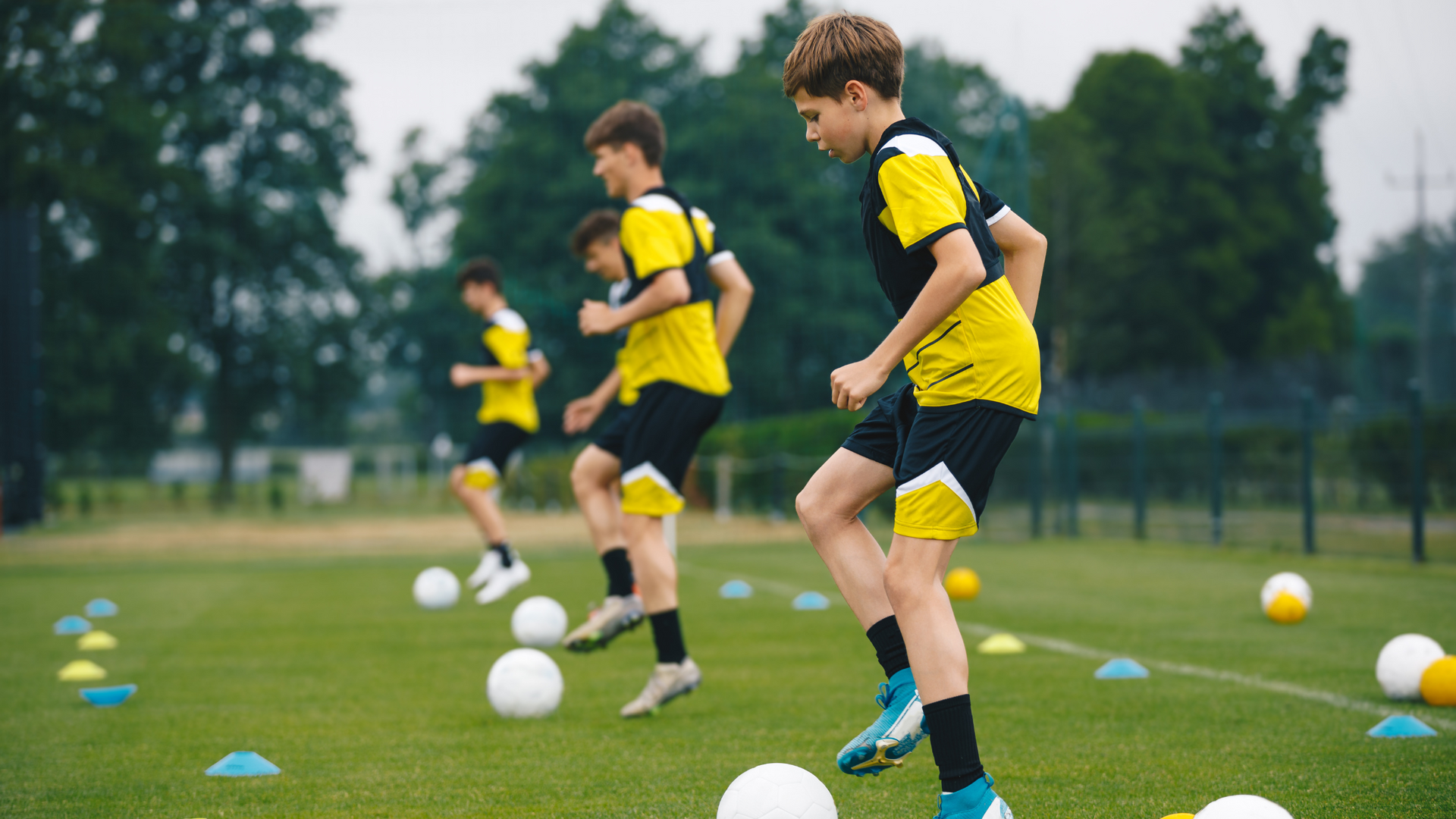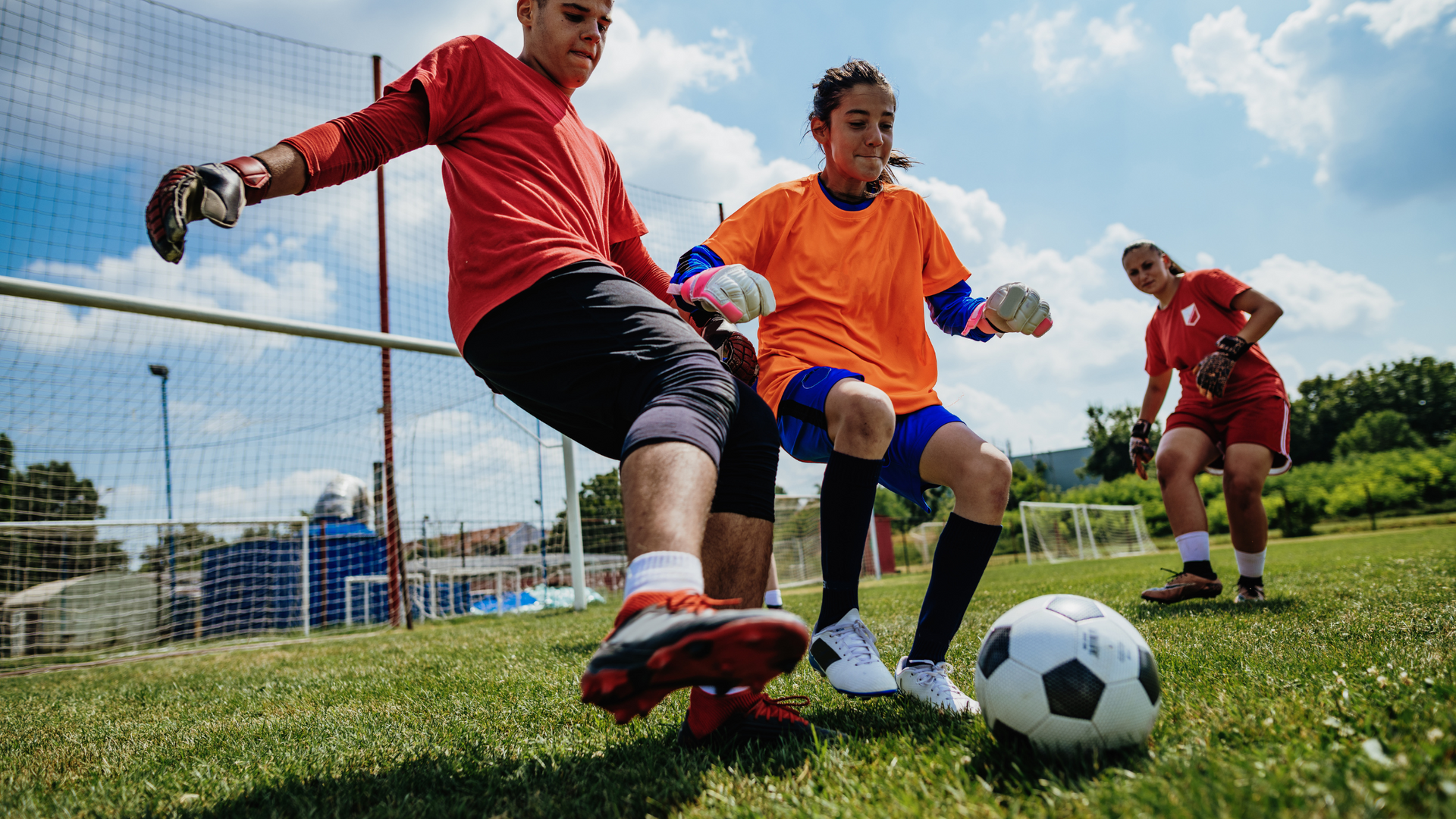When is the right time for a smart phone?
Updates...
Even in the short year and half since I wrote my book, there has been a deluge of information, studies and movements to limit cell phones for kids. This ranges from state wide bans on cellphone usage in schools, pledges to "Wait Until 8th" from parents and communities, and an initiative to bring back flip phones and even landlines.
I'm just going to say that the landline thing was my idea. I wrote about it on page 108 of How Not to Ruin Your Kids. Granted I was coming from a kid's agency and autonomy of setting up their own playdates, learning to speak to adults, and getting over the small hurdles of anxiety of just talking to someone. The movement pinpoints independence and social interaction, but it also addresses alleviating the pressure of getting a child a cell-phone.
Circling back, experts like Jonathan Haidt (author of "Coddling of the American Mind" & "The Anxious Generation"), and even tech parents with roots in Apple, MicroSoft, Meta, Google and the like have limited their own children's screen time and cellphone ownership as well as taken to the streets to inform all of us of the dangers. Well more so Jonathan than the rest, they have a vested interest of course.
The problem really isn't just phones, it's screens in general. If you didn't know, kids are spending almost the whole school day on some sort of technology. Yes, it's modern and how we do things now, but back in the stone ages when I was a kid, typewriters with all the rage, yet we only had typing class for an hour. The rest of school was paper and pencil. By far the best way to retain information is by being a participant. Using screens doesn't allow that for sure, but that's an entirely different blog post.
What's the impact?
I don't want to go on and on about the impact of screen time. I will say one or two things though. Although you may not recognize the decline in your toddlers development, or you may think your teens complacency is just characteristic of the age, I personally have seen the remarkable impact of screens on kids.
While dining out with a 3.5 and a 9 year old and their parents. A few minutes after we sat down and the boredom of adult conversation set in, the kids were getting rowdy. The younger, had a pavlovian response at this point, repeatedly asking for one of her parents phones. The whining started, the tears began. There was no convincing that child that fun could be had with the house supplied crayons or interacting with humans. It was relentless, disruptive, and heartbreaking all at once. For the sake of our own sanity, the child got the phone. We lost one. Then, soon enough the 9 year old succumb to the trance of the screen despite the video clips being way too young for him. Although dinner was quiet, we were unheard by the children again.
I do not blame anyone. There was a window of time where maybe we didn't know how addictive technology was and frankly, we needed a quiet moment for our own sanity. What's the difference between handheld screen time and tv time anyway? Well, although rightfully coined the boob tube when it came out, television time used to have limitations. Shows were only on at a certain time, if you missed it, you missed it, you had to wait until summer for the re-runs. It was also only in your basement rec-room. You couldn't take the television with you wherever you went. Only use was at home. Now, how can we compete?
Before we move on, let me share a little bit about video games. Again, screens, but connected to friends and strangers. Did you know why teenagers are obsessed with video games, primarily boys? Well, simply put, it's the only place that they can play with their friends without their parents management, questions, or hovering. Kids & teens feel free in the world of video games. As an outsider, I'd say, well that's a fallacy, they are literally tethered. It's like being in a casino. No windows, no clocks, dopamine hit after dopamine hit, and hell, no adults, why would they opt for something else?
These two little anecdotes speak volumes beyond the objective of including them. They are examples of how children are becoming more and more detached from real social interactions. Yes, they may be watching together or playing online together, but the circumstances are created and provided by someone else. Where is the organic atmosphere where they can learn, develop, or grow. That place inside of unstructured play, where all the magic happens as they say.
Now this may be a stretch, but consistent screen use results in detachment, isolation, loneliness, comparison, self doubt and more. When someone is suffering from all of this, do you think they are participating in life? Doubtful right. Keep that in mind for a moment.
Dax Shepard hosts the Armchair Expert Podcast. Jonathan Haidt was his guest in March 2025. Dax shared some current statistics about the decline of certain behaviors in teens and young adults. They don't drink, no one is getting pregnant, no one is experimenting with drugs. Dax asked aren't these good things? Dr. Haidt responded without hesitation: the question to ask isn't is this good, but rather why is this happening? The answer isn't because young people are making better choices, it's because they aren't living. They aren't hanging out, they aren't experimenting, they aren't interested in relationships or sex. They aren't making choices at all. An entire generation is so removed from one another that they aren't experiencing typical growth milestones or testing limits.
Now, I'm not an advocate for breaking the law or taking risks that can damage your entire life, but to be a teen or young adult and be so disinterested in being with others that you aren't even curious about breaking the rules or testing the limits is incredibly sad. Not only are you missing out on the mild mischief and general shenanigans that go hand in hand with being a teen, but you are missing out on the opportunities to make good choices, support a friend in need, create lasting friendships, and frankly just enjoy being a kid.
So what do we do?
Like with everything, we start with ourselves. When you are with your child, put your phone, tablet, watch and screens away. Give them your undivided attention. I know, this is going to be hard, but kids learn by watching. So, give them something to watch. Model the behavior you want to see. Often times, a child will learn learn the behaviors of their parents and caregivers. They don't know if it's good or bad behavior for them, they just know it's what you do. Be better for them.
Have a family game night, ask the kids to help you make dinner, let them do their homework while you are getting dinner ready. Go for an after dinner walk or bike ride. Let them pick out their clothes for the next day and show you what they came up with themselves. Be involved and encourage their independence.
Great advise, but I have a teen who is pavlovian and attached to that phone! Well, be frank with them. Sit down and have a conversation about the things you've read and the concerns you have both for them, for you as an individual and your relationship as well. The disconnect has an impact on your relationship. Communication is lacking and they probably don't feel safe or engaged. Ask the hard questions, get into their world. This make take a series of conversations for your teen or child to open up. The may not even be able to identify their feelings or where they originate. Take the pressure and focus off by playing a game they like or going for a walk or bike ride. Sometimes the best conversations happen over a game of cards.
Be consistent, model the behavior, be relentless in your commitment. This is a tough area to navigate. Stay the course and don't forget to look back and see how far you've come. There will be endless bonuses that you didn't even count on!
A side note on safety
So many of us speak to the importance of cellphones especially, as a way to keep our children safe from harm. For younger kids, this may include some sort of watch with communication capability. Let me ask you this, how many of you have given your child some form of technology for safety? Okay hands down. Now how many of you have actually gone over how to use it or when to use it? An artist is only as good as their tools.
More importantly, think about when you would want your child to use their phone. When they are lost? When they are in an unsafe situation? When they are about to be snatched off the streets? I'm not sure in any of those situations a child will have the mindset, capability, or learned knowledge to pick up the phone and dial themselves to safety. Our instinct will not be to pick up the phone, it will be to run from our threats.
The argument for tracking comes up too. Well, if I don't hear from my child, I can track their location. Again, realistically, what is the under over that your child will have maintained possession of their phone in such instances?
Listen, I'm not trying to scare you, I'm just pointing to the fact that so many of the reasons to provide a cellphone to a child are well considered, but not necessarily well thought out. Teaching a child how to get help is probably more productive and puts them at ease knowing that another human being is on their side than having them manage sorting out a mess while they are feeling unsafe and panicked. AND might I remind you, all of these fears and not supported by statistics. You can read more in Chapter 4, Where We Are as a Society in my book. Chapter 4 discusses how fear impacts our parenting. Consider for a minute that fear may be driving your decision making about technology.
Instead of relying on technology, have conversations with your child about safety and what to do. Create a collective community where your child has other trusted adults in their lives that they can turn to for support. Having them interact with the world develops their inner compass and they learn to trust themselves and know what is right. The world becomes a safe place and they are confident and secure in their place in it.

